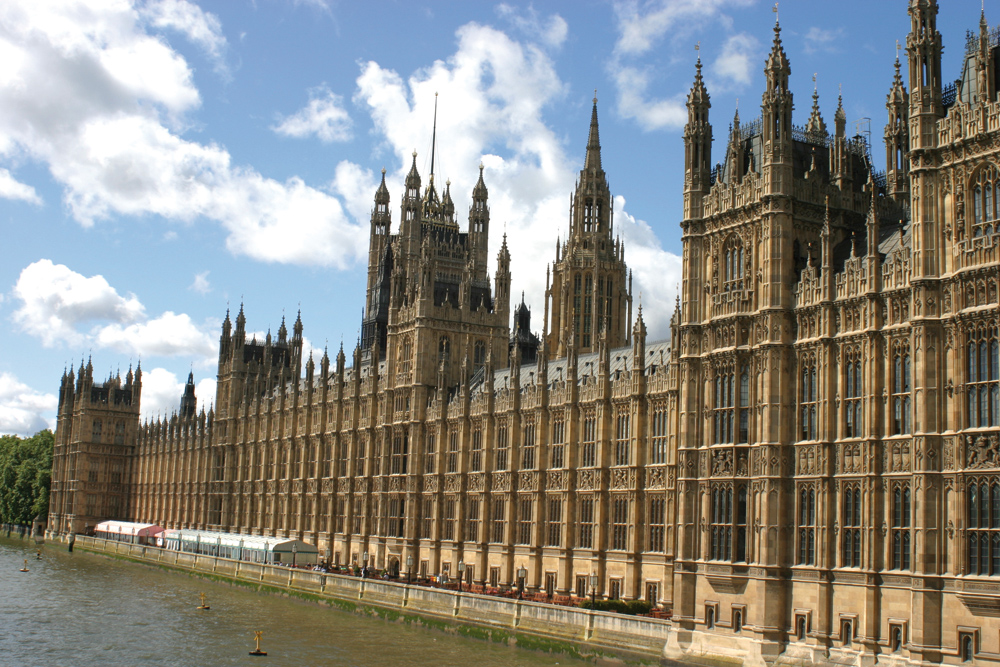News
Three pension changes we could see in this week’s Budget

The new chancellor will deliver his first Budget on Wednesday. Fiona Tait examines the changes that could be in store for pensions.
We may have a new Chancellor but the challenges facing Rishi Sunak are no different to the ones faced by Sajid Javid. On the one hand his party has a sizeable majority which will give them the power to implement more of their chosen policies, on the other they have pledged themselves to an increase of over £100bn in public spending which will have to be funded.
On the pensions front, we already know that last year’s Pensions Bill has been reintroduced to parliament. There were however a number of issues that were not addressed in that Bill, most notably in relation to automatic enrolment, some of which may be tackled in the March Budget.
Pension tax relief
Starting with the most likely changes, based on the manifesto and other pledges it is highly likely that the chancellor will announce something on the tapered annual allowance.
As it stands the taper provides a clear disincentive for senior doctors to work extra hours, leading to resource shortages within the NHS. The government has promised an “urgent review” and the question is not whether they will make a change, but how far it will go. The most welcome solution would be to simply abolish the complicated and widely hated taper, but the loss of around £400m in revenue may well be too much for the Treasury to swallow.
Another popular move would be the abolition of the lifetime allowance (LTA), at least for defined contribution (DC) pensions. The levels of both the annual and lifetime allowances have been considerably reduced since their introduction in 2006 and it is arguable that with tax relief limited to contributions of up to £40,000 it is unnecessary to impose a further limit when benefits are eventually taken. The Treasury did however receive £185m in revenue from the LTA in 2017/18 which it would no doubt like to keep.
Popular moves aside, pensions are more often treated as the government’s rainy-day fund, which can be raided whenever more money is required. Given their 5 year mandate and pledge to usher in “a decade of renewal” it is possible that the chancellor may want to call a fundamental review into pension tax relief which on the face of it, will reduce complexity and provide workers with a more equitable reward for saving, but which would also chip away at the current £35bn cost to the Treasury.
Automatic Enrolment (AE)
The government has so far failed to deal with the issue of net pay schemes which mean that some lower-paid workers are losing out on the tax relief they are entitled to. This could be rectified in the March Budget, and the chancellor may also want to consider the recommendations made in the Department of Work and Pensions’ 2017 report “Automatic Enrolment Review 2017: Maintaining the Momentum”. These include removing the contribution threshold so that savings are based on the full salary earned for low to medium earners and looking at ways in which the rising number of self-employed can be brought within the scope of AE.
The level of minimum contributions is a more fundamental issue which must be faced up to and, arguably, there is no better time than when a government has achieved a new term of office and a comfortable majority. I suspect however this will be a longer-term project.
The State Pension
The good news for pensioners is that the triple lock which is used to revalue the State Pension is likely to mean around a 4% increase in 2020. The bad news is that given the rising number of people over 66, this is almost certainly unsustainable. They should be braced for its removal, probably as soon as possible.
Fiona Tait is technical director at Intelligent Pensions